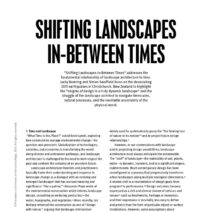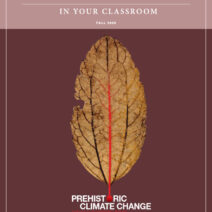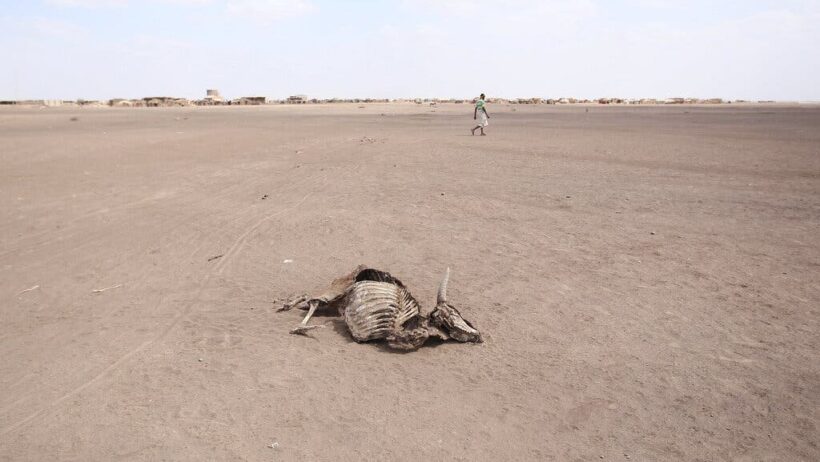Are we doomed to die because of global warming? This question might seem overly dramatic, yet it encapsulates the urgency of the climate crisis. As carbon dioxide levels continue to rise, so does the planet’s temperature, creating conditions that threaten ecosystems and human livelihood. But rather than succumbing to despair, let us explore the realities of global warming and the potential for mitigation.
To grasp the gravity of the situation, one must first understand the implications of global warming. The phenomenon results primarily from the greenhouse effect, where gases like carbon dioxide (CO2) and methane trap heat in the Earth’s atmosphere. By burning fossil fuels for energy, deforestation for agriculture, and industrial activities, we exacerbate this effect. With CO2 levels anticipated to double within this century, we could witness a significant rise in global temperatures, which could precipitate catastrophic environmental shifts.
What does this mean for our planet? Research indicates that with an increase of just a few degrees Celsius, we could face more intense weather events, such as hurricanes and droughts. Glaciers will continue to melt, causing sea levels to rise and potentially displacing millions of people. Destruction of habitats will lead to the extinction of countless species. Biodiversity, which is essential for ecosystem resilience, is at peril. Thus, it almost feels like a foreboding specter lurks on the horizon, threatening our very existence.
But let’s not stifle our exploration with pessimism. There is a challenge inherent in this dilemma, a tantalizing puzzle we must solve. Can humanity rally together to combat global warming? The answer lies in collective action and transformative change. Individual efforts are critical, but large-scale systemic changes are necessary. Transitioning to renewable energy sources like wind, solar, and hydropower is paramount. These alternatives not only curtail emissions but also reduce our reliance on finite resources.
Moreover, sustainable practices in agriculture are essential for curtailing greenhouse gas emissions. The adoption of agroecological methods, which promote biodiversity and soil health, can mitigate negative impacts while increasing food security. These practices ensure that agricultural systems are resilient to climate shocks, ensuring both environmental health and human nourishment.
In urban settings, we must rethink city planning to accommodate green spaces, promote public transportation, and encourage the use of electric vehicles. Urban heat islands, created by concrete and asphalt, can raise temperatures significantly. By introducing more vegetation, we can cool urban areas and improve air quality, creating healthier environments for residents.
However, adapting to climate change is as crucial as mitigation. Communities must implement strategies to enhance resilience against the adverse effects of climate change. This can mean constructing infrastructure capable of withstanding floods, developing water conservation techniques, and investing in emergency preparedness. The specter of doom can be staved off with the right measures in place.
Herein lies the vital role of education and awareness. The more individuals understand the complexities and the realities of climate change, the more likely they are to engage in meaningful dialogue and action. It is crucial to foster a culture in which environmental stewardship is considered the norm rather than the exception. When citizens understand the stake they have in the battle against climate change, their actions can culminate in a collective momentum that drives meaningful change.
Are we truly powerless against the advancing threat? While it may feel daunting at times, history shows us humanity’s ability to adapt and innovate in the face of adversity. The development of carbon capture technology, advancements in battery storage, and sustainable urban design showcase a burgeoning capacity for innovation aimed at solving climate issues. The challenge rests upon our shoulders: to not only pursue these advancements but also ensure equitable distribution and access to their benefits across the globe.
While there are existential threats associated with climate change, to declare ourselves doomed may disallow the possibility of transformative solutions. It suppresses the spirit of resilience and the potential for unprecedented cooperation. Humanity has the ingenuity to reverse course and pave a path toward a sustainable future. This requires us to engage with our communities, advocate for policy changes, and foster a revolutionary zeal for environmental stewardship.
Ultimately, the future we bequeath to subsequent generations will depend largely on our actions today. Are we, then, destined for doom? Or can we avert disaster through decisive action and collaboration? The answers lie in our choices, and a proactive approach can transform potential tragedy into triumph. While challenges abound, the narrative of despair can give way to one of hope if we embrace the challenge before us and rise to meet it with determination and innovation.
In the grand tapestry of life on Earth, every species plays a role, including humanity. The question remains: Will we rise to be the stewards of this planet, or will we allow it to slip away? The clock is ticking, and the responsibility lies with us. In the face of global warming, we must decide to act before it’s too late.







